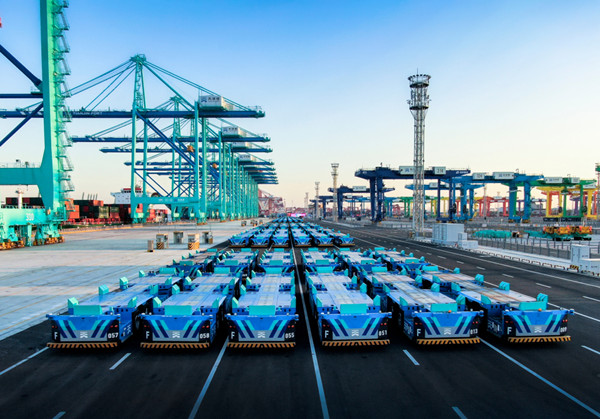
Foreign trade in the Beijing-Tianjin-Hebei region increased by 13.6 percent year-on-year, 5 percent more than the national average, to about 4.58 trillion yuan ($655.9 billion) in the first 11 months of 2022, according to Shijiazhuang Customs.
The region's foreign trade accounted for 11.9 percent of the country's total in the same period. Its exports saw a slight growth of 0.3 percent to 1.18 trillion yuan, and its imports increased by 19.1 percent to 3.4 trillion yuan. The main factor of the remarkable growth has been attributed to crude oil imports.
In the first 11 months, the region's trade with countries along the Belt and Road grew by 24.7 percent year-on-year, to reach over 1.8 trillion yuan.
In terms of export commodities, mechanical and electrical products have played a pillar role at a total of 577.11 billion yuan, accounting for 48.9 percent of the total export value, an increase of 5 percent.
In terms of imported goods, the import of crude oil reached nearly 1.25 trillion yuan, up 50.3 percent, which was the main factor in driving up the growth of imports.
China initiated its strategy of coordinating the development of Beijing and that of neighboring Tianjin municipality and Hebei province in early 2014, in order to create a model with a better economic structure, cleaner environment, and improved public services.





